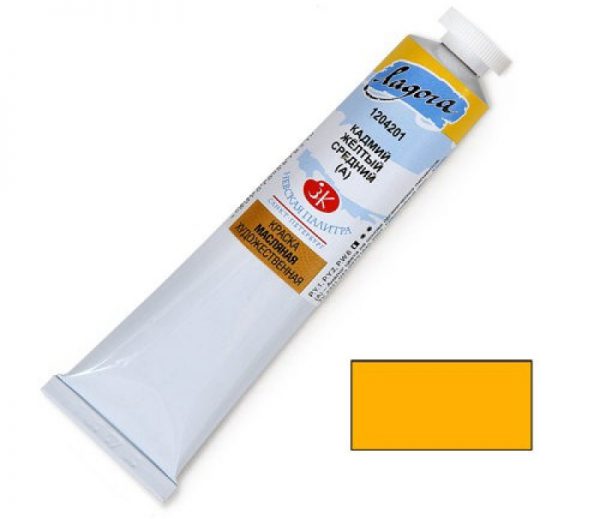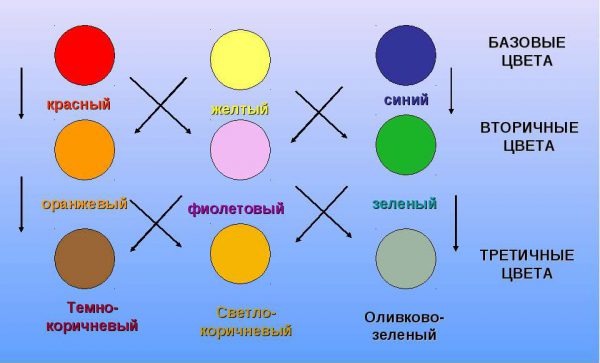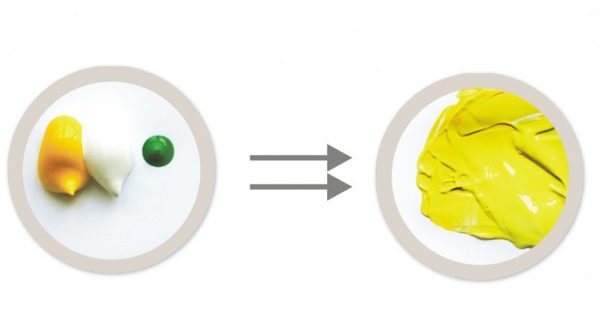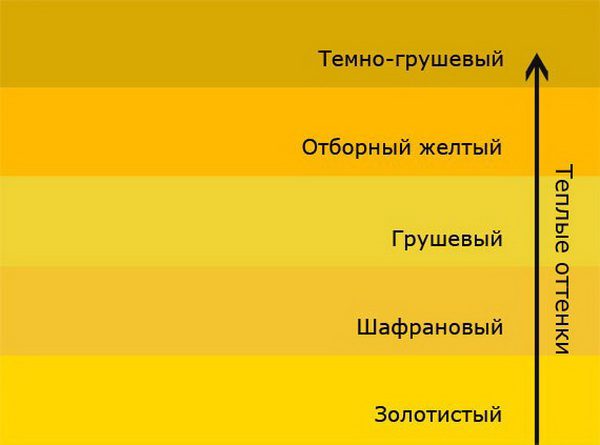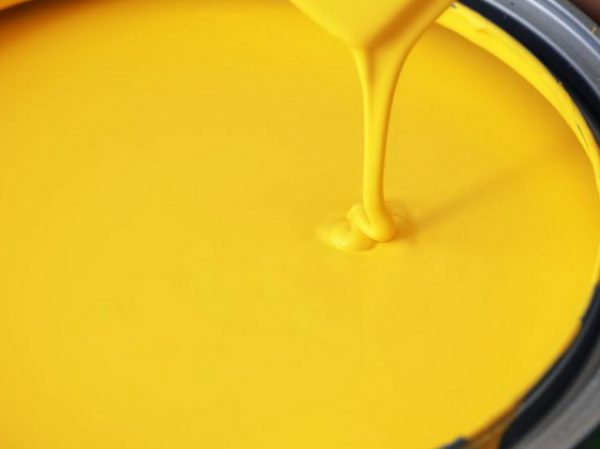Yellow color is considered warm, juicy, bright, it is very loved by artists and designers. According to psychologists, the yellow tint tones the body, gives vigor, optimizes mental activity. All yellowish tones are associated with the sun and light, therefore, provide an excellent mood.
- Color theory
- Getting yellow
- Shades of yellow
- Acid
- Golden
- Dark yellow and other shades
- Saturated color
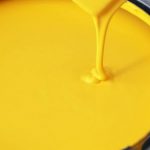
To the question of how to get yellow, you can answer the following: you have to buy it ready-made. But to make sunny shades with mixing paints is quite real.
to contents ↑Color theory
Experienced artists know that most shades can be obtained from other colors. To do this, mix the paints in certain proportions, and then dilute or darken the resulting tone. There are only three basic colors - red, blue and yellow, they must be mixed together.
According to the theory of color, it is impossible to create them by combining paints, so you should buy all the basic paints in stationery stores, building materials or art goods. But other tones - purple, orange, pink, blue and many others - can be done by mixing. Achromatic colors - black and white stand out separately, they should also be purchased ready-made.
to contents ↑Getting yellow
Making yellow with your own hands is impossible. Whatever dyes, gouache, watercolor, plasticine were taken, obtaining a pure (primary) color is excluded. But you can create different shades of yellow, taking it as a basis and adding other colors. You need to buy a gouache set in which there are primary colors, as well as white. And, of course, you need juicy yellow paint, and for mixing - a white palette.
Shades of yellow
Manufacturers of large sets of gouache or watercolors call yellow shades their own, “company” names - for example, “Inca gold”, “golden palm”. They achieve interesting combinations by combining paints. At the factory there are tables, standards with an exact indication of the proportions. At home, you will have to select the necessary combinations experimentally. Here is a description of the basic shades of yellow:
- golden - it is widely used in writing icons, it is used for picture frames, it is a yellow tone with a pearly sheen;
- straw - saturated tone with "apricot" reflection;
- light bronze - yellow with a brown tint;
- wax - a pale shade of yellowness;
- lemon - in this tone there is a drop of green.
to contents ↑Before mixing paints in large volumes, a number of trial experiments are necessary. To do this, a little yellow and a tiny amount of other tones are combined on the palette, they achieve the desired one, thoroughly mixing the material. Usually 1-3 ml of a different paint is enough for 50 ml of the main color, no more.
Acid
This tone experts call lemon. It is "caustic", acidic, well suited for signal patterns.The procedure for creating a lemon color is as follows:
- take a yellow dye, dilute it a little with white to make the tone lighter;
- drip a drop of green paint into the base with a thin brush;
- mix the material thoroughly so that there are no veins;
- if necessary, introduce some more greens.
Golden
It is much easier to get a golden hue if the base paint has a light pearlescent finish. You just need to add a drop of red pigment to it, if it is not there, brown is suitable. If there are too many additives, the material will be dirty in appearance. You can try to correct the situation by introducing whitewash, although this is not always possible.
Dark yellow and other shades
Dark yellow is created in an interesting way. Orange and green should be mixed in approximately equal parts. Then a small amount of this color is introduced into the finished yellow paint. The result is the required dark shade. It is even easier to make it by mixing yellowness and brown pigment, but the finished color will be different than in the first version. To give a shade of brightness, a little red paint is dripped into it.
To obtain yellow-green, these two colors are connected equally. The finished paint will be incredibly juicy and cheerful, so it is often used in interior design. The finished color is also called light green; it fits perfectly into the avant-garde style and a number of other style decisions. The tone contrasts well with blue-green, as a result, you get a nice looking effect of a combination of cold and warm shades.
Other interesting yellowness tones can also be made independently:
- yellow-orange - the main tone + red;
- beige - basic tone + white + brown;
- olive - the main tone is a little dirty green;
- terracotta - basic tone + orange + brown.
The tender yellowish color looks interesting in the interior. It is obtained by mixing the base with pink and diluting with white to the desired softness of the pigment. This color is perfectly combined with wood, especially with the color of oak, as well as with purple and brass.
to contents ↑
Saturated color
The most juicy shades of sunlight can also be done independently. Initially, the main yellow is diluted with white, but in a small volume - this will give lightness. Then a little red or orange is introduced to provide the tone with depth, intensity. Usually, only ½ drop of red is enough for 50 ml of paint. Having received the desired color, you can begin to create masterpieces on paper with your own hands!

